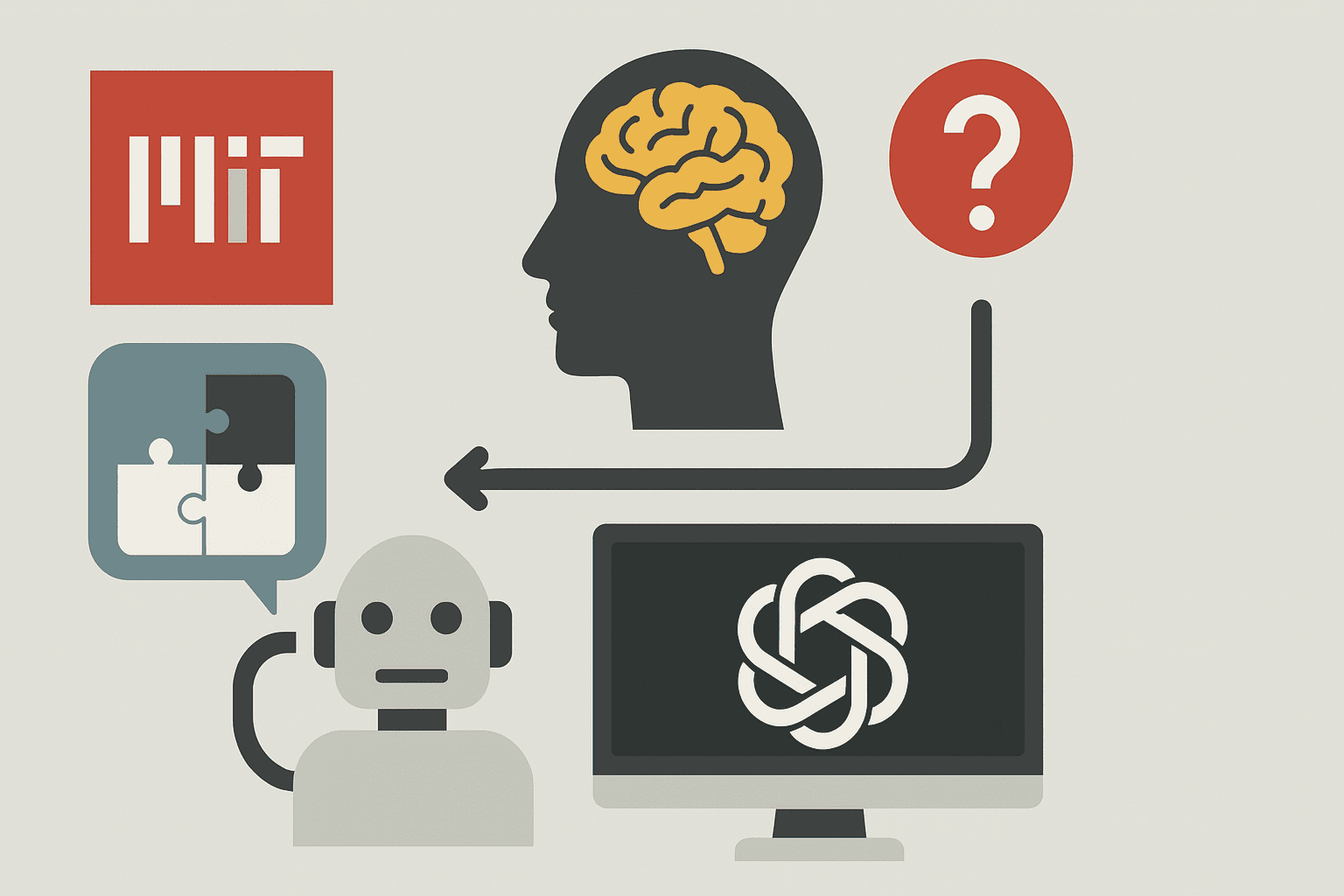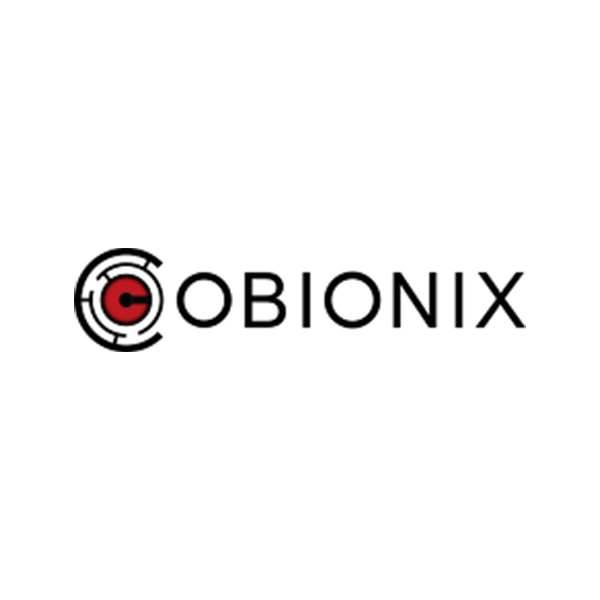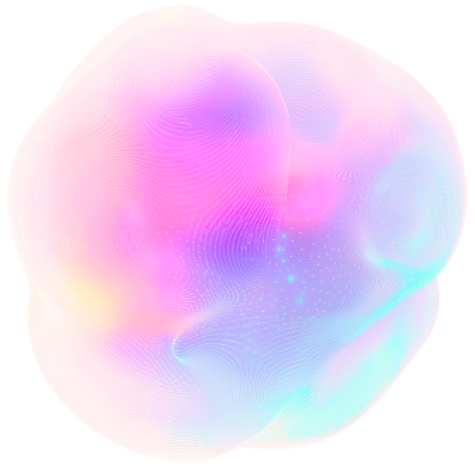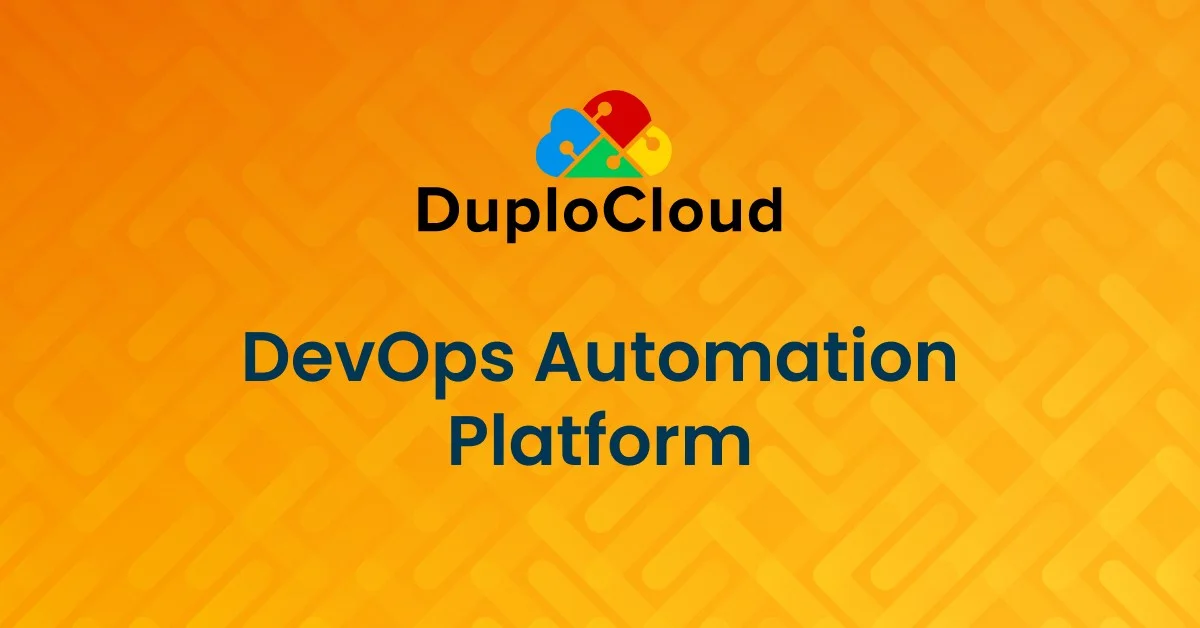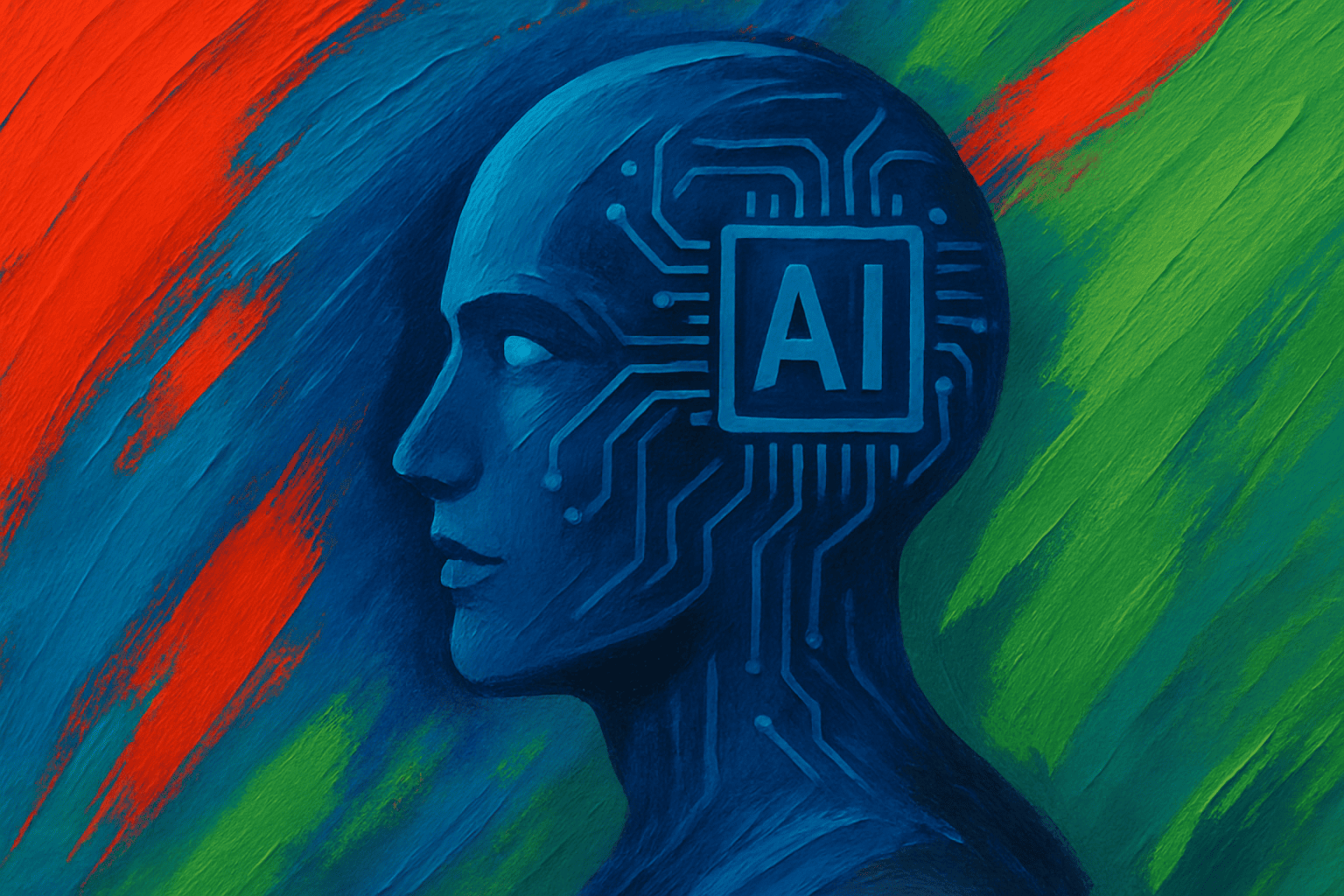In his thought-provoking TEDx Talk at KCMT, Dr. Akhil Damodaran, an expert straddling the realms of academia and entrepreneurship, unveiled a transformative vision of the future — one shaped by the convergence of three revolutionary technologies: artificial intelligence (AI), blockchain and the metaverse. With his unique vantage point as the co-founder of LTM and the dean of IILM University, Damodaran offered an interesting perspective on how this technological trifecta will redefine the way we live, work and interact.
At the heart of Damodaran’s vision lies the recognition that these technologies are not mere isolated advancements but rather complementary forces poised to unleash a paradigm shift. As he astutely observed: “I think what we need to do is change the lens in which we are looking at these technologies and what we need to do is combine all of them together and see from one frame.”
AI — the driving force behind automation and personalization — has already permeated various facets of our lives.
“Now what is AI? It is nothing but exactly what the human brain does — automation, but it learns by itself,” he noted. This self-learning capability empowers AI to continuously evolve, adapting to our ever-changing environments and preferences, thus enhancing our experiences.
Complementing AI’s prowess, blockchain technology ushers in a new era of secure and transparent transactions.
“Blockchain is a record-keeping ledge: every transaction is completely recorded without anybody’s human interference or any other technological influence. It is by itself, and it is completely decentralized,” said Damodaran. This decentralized and immutable nature of blockchain holds the potential to revolutionize industries ranging from finance to supply chain management, fostering trust and accountability.
The metaverse, the third pillar of this technological convergence, introduces a parallel virtual realm where physical limitations dissolve.
“People realize that maybe we need to have a virtual world in which people can interact with each other socially, business-wise, all the technologies can merge in the inside it,” Damodaran explained, focusing on how this immersive digital environment promises to transcend geographical boundaries, enabling seamless collaboration, commerce and entertainment on a global scale.
Envisioning the synergistic interplay of these technologies, Damodaran painted a compelling picture of the future: “Imagine that the same paintings of the painter are now created into digital artifacts and then we are putting them into the metaverse. They have a complete gallery inside the metaverse globally — you can watch it from anywhere, you can buy those additional artifacts because of the blockchain once the painting is bought by somebody, the money will directly go to the painter’s account, no middleman required.”
This example illustrates the profound impact this convergence could have on industries such as art, where creators can directly connect with global audiences, securely sell their digital artworks, and receive fair compensation without intermediaries, thanks to the combined power of the metaverse, blockchain and AI-driven personalization.
Damodaran’s vision extends beyond the realm of art, encompassing diverse sectors like education, entertainment and tourism. He sees a future where “You’re booking your movie on a theater, you don’t need to go to the theater, just put the VR glass, and you can actually watch the movie most immersively possible much much greater than what a theater can give you, and the money goes to the theater because of blockchain.”
He also foresees a world where the government can create a public-private partnership inside the metaverse in the sense they can have all the historical monuments and heritage monuments, where they can create digital artifacts of it that look as immersive as possible, where people can go inside it, visit the place, pay the money for it, and where the cash will go directly to the development or reconstruction of the physical monument in the real world, and everything is completely transparent because of blockchain.
This seamless integration of virtual experiences, secure transactions and AI-driven personalization holds the potential to revolutionize industries while preserving cultural heritage and fostering sustainable development.
“I think in the next 10 years, you will see a virtual economy, a place where people will do business, people will do social networking, people will do everything, everything including college and schools, a lot of classrooms you will see inside a virtual world,” Damodaran aptly stated.
While the implications of this technological convergence are vast and far-reaching, Damodaran’s vision is grounded in a practical understanding of the challenges that lie ahead. As he acknowledged: “In spite so much projection that this whole ecosystem is going to be more than 8 to 9 trillion dollars in the coming decade, we don’t see anything on the ground.”
Addressing this gap between potential and reality, Damodaran emphasized the need for a paradigm shift in how we approach these technologies, calling for a holistic lens that integrates AI, blockchain and the metaverse into a cohesive framework, one which leverages their collective strengths to create revolutionary products and experiences for consumers.
As the world stands at the cusp of this technological revolution, Damodaran’s opinion serves as a lighthouse, a torch on the path towards a future where the convergence of AI, blockchain and the metaverse empowers us to transcend boundaries, foster transparency and unlock unprecedented realms of innovation and human potential.
Featured image: Credit: TEDx

